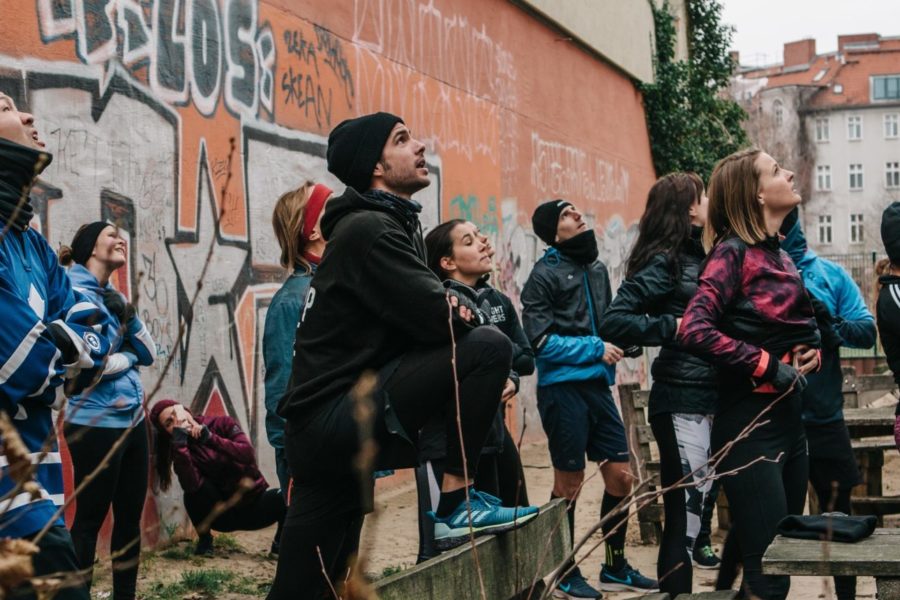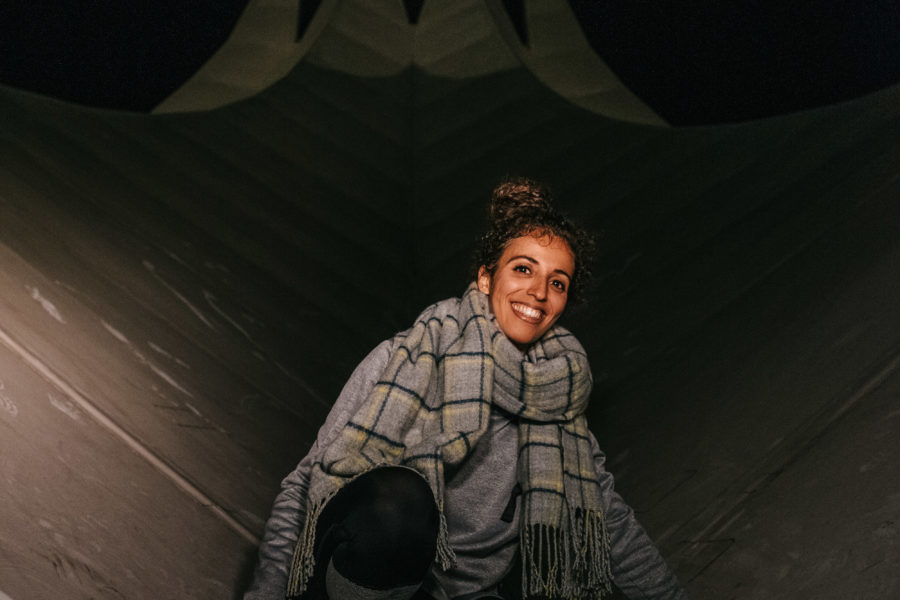Ballots, luck, training, sweat and determination: That’s what most marathons consist of nowadays but what have you ever thought about what marathons used to be like?
A history of marathons:
Whether you’ve run 10 marathons or can’t imagine ever doing one, there’s no doubt that they require a lot of effort but can you imagine doing it hundreds of years ago when marathons were so different to how they are now?
Supposably the modern marathon comes from the fabled run of a Greek soldier, Pheidippides, from the Battle of Marathon to Athens to report their victory over the Persians in 490 BC. When the modern Olympics began in 1896, the organisers were looking for an event which would glorify the ancient Olympics in Greece they, of course, picked the marathon and it has been in the games ever since.
The Boston Marathon is the oldest annual marathon, but unfortunately, it took some time until women were too accepted into long distance races. Some women had actually run the required marathon distance when the race was introduced into the Olympics however their times were not recorded in official results. In 1918 the first woman was credited with completing a marathon and in 1926, Violet Piercy was the first woman to be officially timed in one.
Surprisingly the marathon distance of 42.195 km or 26 miles was not standardised until 1921. Now, Eliud Kipchoge and Paula Radcliffe, the two world record holders, (2018, Berlin and 2003, London -Retrospectively) are household names and this goes to show the pure growth of the sport.

Preparation:
As with anything, over time equipment, recommendations and information change and this is no different when it comes to marathons. ‘How to prepare’, is a huge topic of discussion each year and becomes continually more important and consumer-based annually. Every year there’s new clothing, gadgets, sponsors and food advice! Even if you are looking to scout out the newest trends and tech there’s no doubt that today, just like the first marathon runners, participants put in a lot of hard work, determination and motivation.
The story of marathons to get to the point where they are today also says a lot for the acceptance and the growth of women in sport. Paula Radcliffe’s 2003 world record time of 2:15:25 in London. Since then the floor has been blown open for women’s competitive marathon races. Other notable women marathon runners and champions for growing the role of women in sport are also: Naoko Takahashi and Catherine Ndereba.
Open to all:
From even just 50 years ago Marathons have grown exponentially and no major city is without its own big race! Marathons have become a chance for a city or even country to showcase itself. From PB’s to world records being set and rewritten, there is always a level of excitement and wonder surrounding marathons, hence why hundreds of thousands of people come out to stand on the sidelines and cheer on the runners every year. Marathons also now constitute a huge part of the tourism industries across the globe as people strive to be in the crowd or to compete in the world’s most high profile races.
Now more than ever, marathons are growing in popularity among not only athletes but also amateur runners as a way to raise money for charity or to achieve one’s own bucket-list goals.
The world’s most influential marathons:
When thinking of the most well-known or biggest influential marathons now, what do you think of first? Boston with no pacesetters? London, run in the city from 1981 and where Paula Radcliff’s women’s world record was set? New York City Marathon, heavily regarded as the world’s largest marathon? Or our very own marathon here in Berlin which started in 1974, one of the fastest marathons in the world and which has involved the whole city since 1990?

Aside from these, over 800 marathons take place each year and below we’ve listed just some of the many others which we think are the most special in their own way!
- Dubai: You might not be surprised to hear that this is renowned as possibly the world’s richest marathon, with the huge prize money up for grabs for first place finishers. The Dubai marathon usually takes place every January and Tamirat Dola from Ethiopia holds the men’s course record with 2:04:11.
- Chicago: A favourite of many because of its flat course! This makes it one of the most perfect marathons in the world to register PBs!
- Tokyo: When we think of the world’s top marathons, for most of us our thoughts go straight away to those races held in Europe and America, but why stop there!? The Tokyo marathon is usually held annually in February, since 2007.
- Amsterdam: Surprise! Another flat course, but moreover the Amsterdam marathon is a great potential PB course, it doesn’t attract the elites as much as the other European marathon big players but could be one of those up and coming in the next few years! So watch out!
- Our last pick is the Scotiabank Toronto Waterfront Marathon, which takes place annually in October. This is the one to watch in all of Canada due to it being one of only five IAAF Globe label marathons in North America and captures the attention of many elites all over the globe. So sign up!
Have you run a marathon before? Let us know which is your favourite and if your goal is to one day take part in one we hope you keep driven and let us know about your journey!







